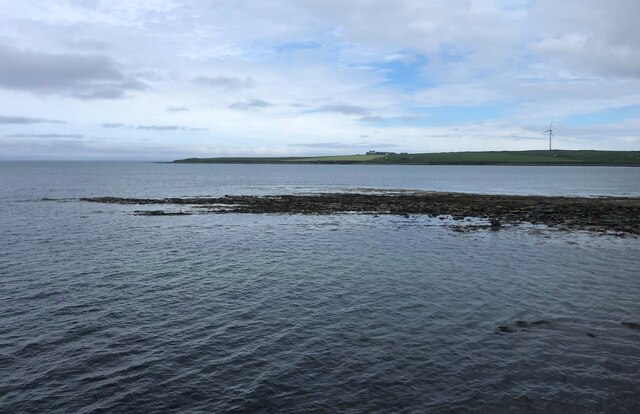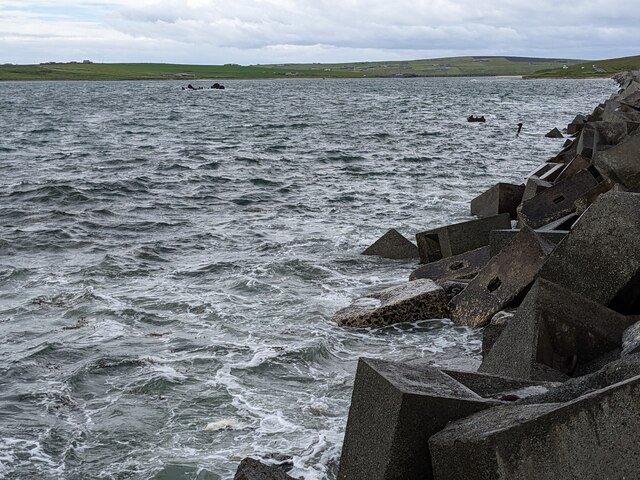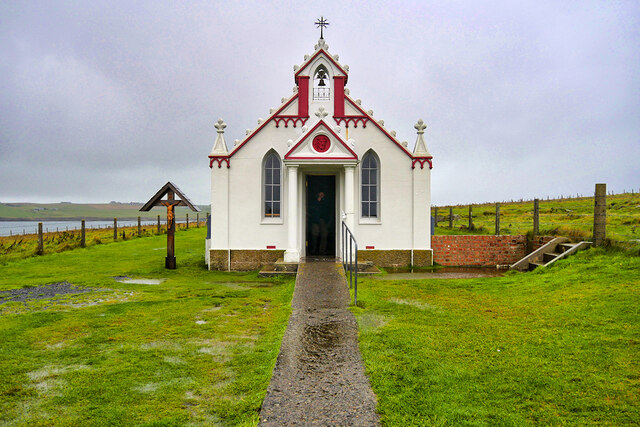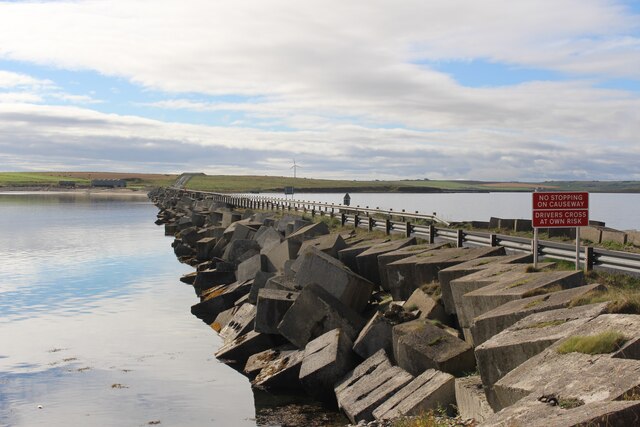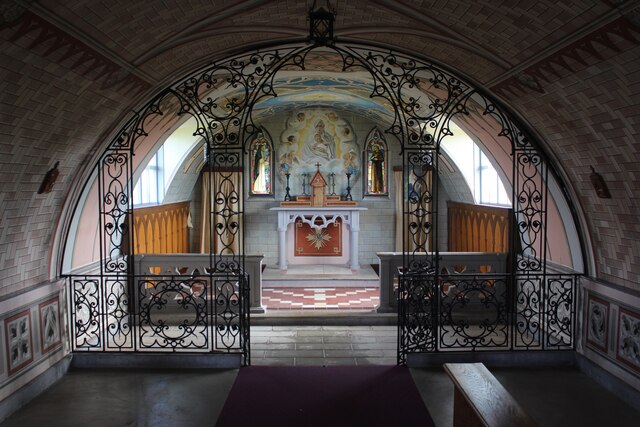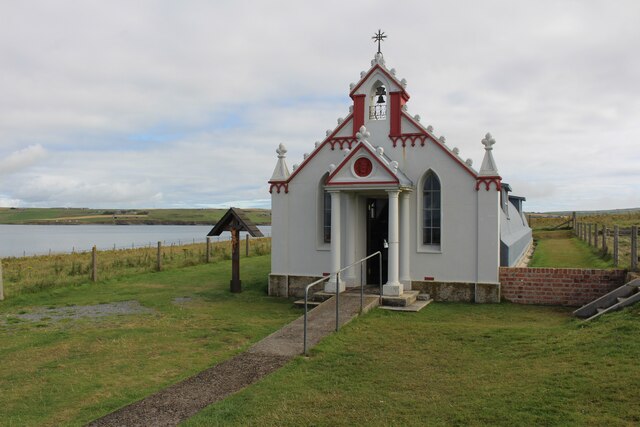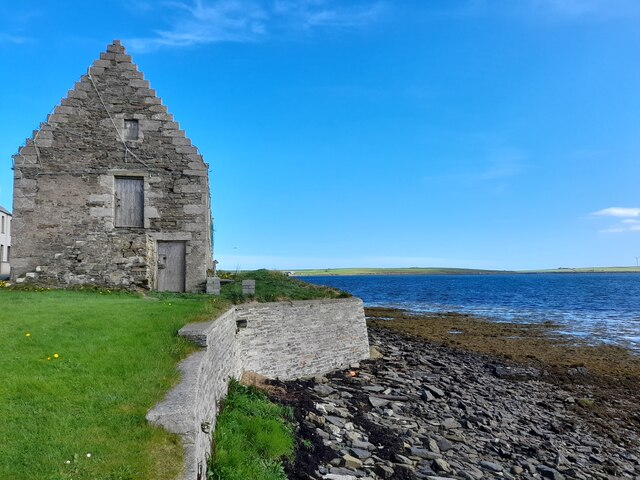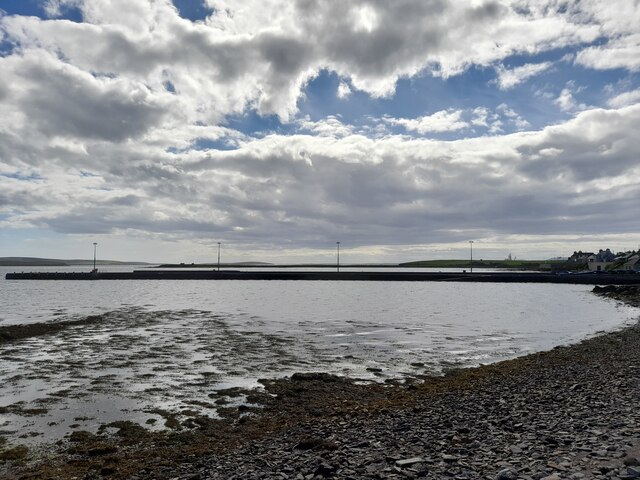Bay of Legrow
Bay in Orkney
Scotland
Bay of Legrow
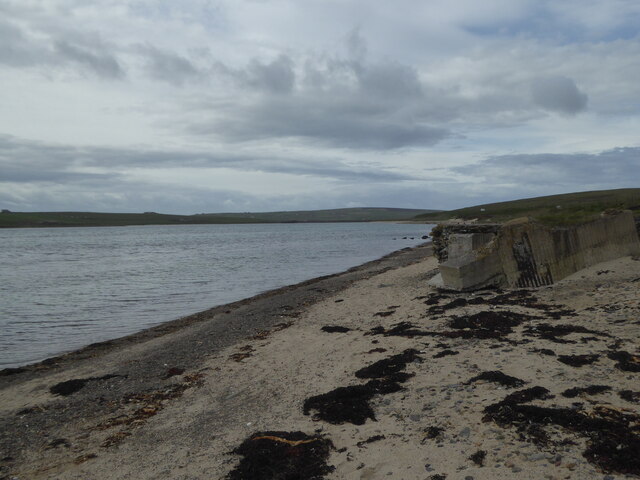
The Bay of Legrow, located in Orkney, Scotland, is a picturesque coastal area known for its natural beauty and historical significance. Situated on the western side of the Orkney Mainland, the bay stretches along the Atlantic coastline, offering stunning views of the surrounding rugged cliffs and sandy beaches.
The bay is renowned for its rich wildlife, attracting nature enthusiasts and birdwatchers alike. It serves as a habitat for various bird species, including Arctic terns, guillemots, and puffins, making it a popular spot for birdwatching during the breeding season. The diverse marine life in the bay also appeals to divers and snorkelers, who can explore the underwater wonders and encounter seals and dolphins.
Historically, the Bay of Legrow holds significance as it was once a bustling hub for trade and communication during the Viking era. The presence of the nearby Broch of Gurness, a well-preserved Iron Age settlement, further adds to its historical allure. Visitors can explore the remnants of this ancient settlement and gain insight into the lives of the people who inhabited the area centuries ago.
The bay offers various recreational activities to visitors. Its sandy beaches provide opportunities for sunbathing, picnicking, and leisurely walks along the shore. Additionally, the rugged cliffs surrounding the bay are a favorite among hikers and climbers, offering stunning views and challenging terrain.
With its natural beauty, rich wildlife, and historical significance, the Bay of Legrow is a must-visit destination for those seeking a unique and enriching experience in the heart of Orkney.
If you have any feedback on the listing, please let us know in the comments section below.
Bay of Legrow Images
Images are sourced within 2km of 58.895633/-2.9092617 or Grid Reference HY4701. Thanks to Geograph Open Source API. All images are credited.
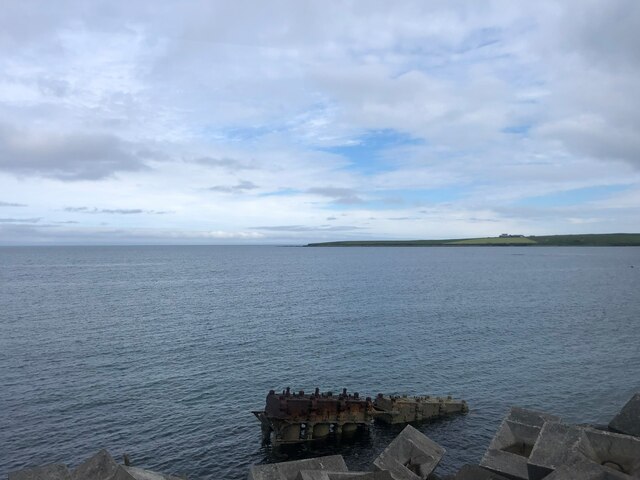
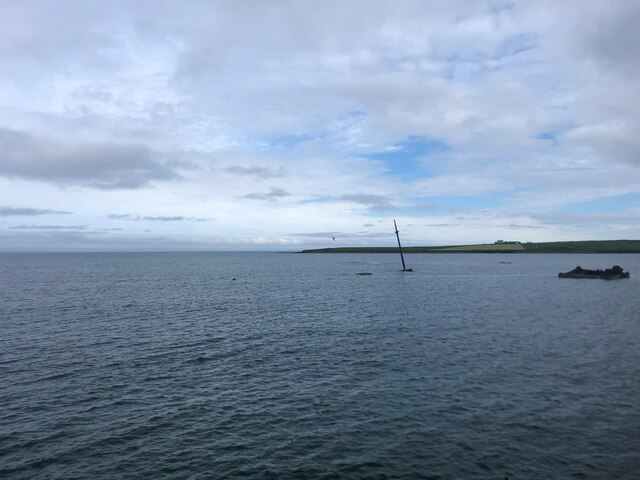
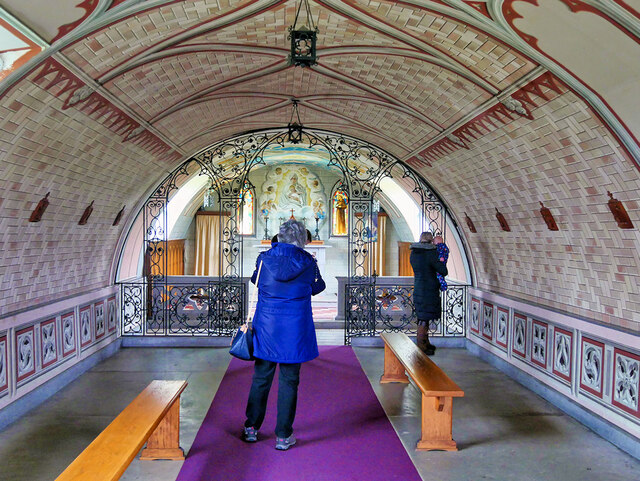
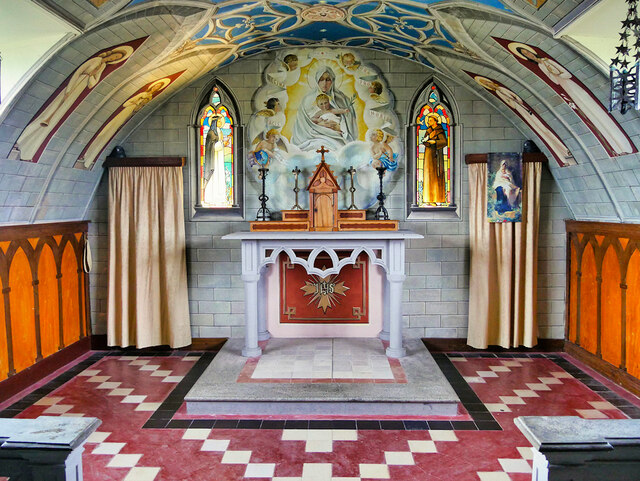



Bay of Legrow is located at Grid Ref: HY4701 (Lat: 58.895633, Lng: -2.9092617)
Unitary Authority: Orkney Islands
Police Authority: Highlands and Islands
What 3 Words
///scoop.abolish.strong. Near Holm, Orkney Islands
Nearby Locations
Related Wikis
St Mary's, Orkney
St Mary's (also known as St. Mary's Holm) is a small village in the parish of Holm on Mainland, Orkney, Scotland. It was originally a fishing port.Orkney...
Orkney F.C.
Orkney Football Club is a senior association football club from the Orkney Islands, Scotland. The club was founded in 2012 and competes in the North Caledonian...
Broch of Ayre
Broch of Ayre, also known as St. Mary's Broch, is an Iron Age broch in Orkney, Scotland. == Location == Broch of Ayre is found on the northern shore of...
Italian Chapel
The Italian Chapel is a highly ornate Catholic chapel on Lamb Holm in the Orkney Islands. It was built during World War II by Italian prisoners of war...
Nearby Amenities
Located within 500m of 58.895633,-2.9092617Have you been to Bay of Legrow?
Leave your review of Bay of Legrow below (or comments, questions and feedback).
